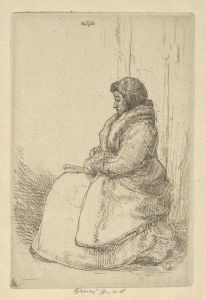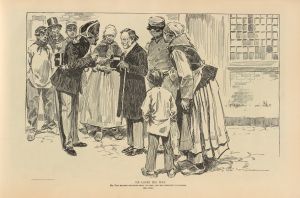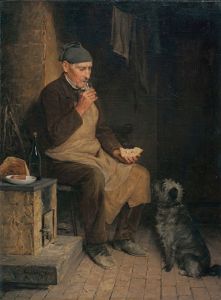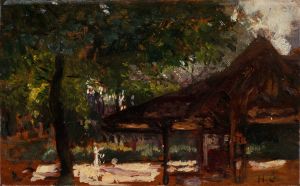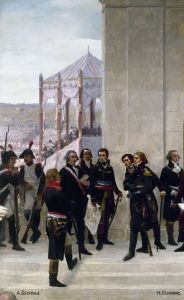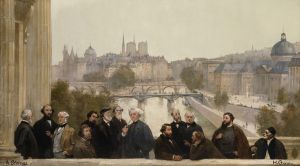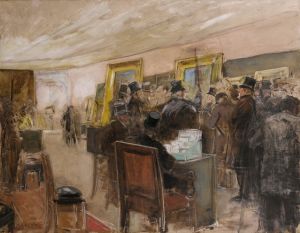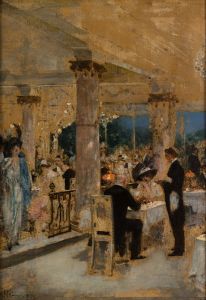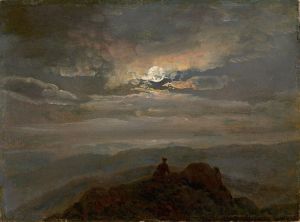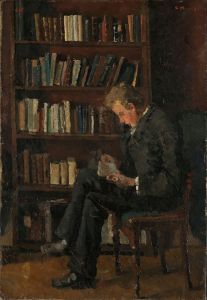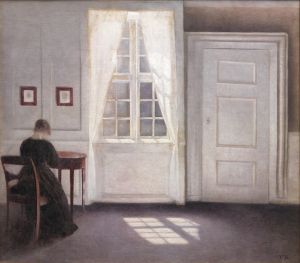
L’attente trompée
A hand-painted replica of Henri Gervex’s masterpiece L’attente trompée, meticulously crafted by professional artists to capture the true essence of the original. Each piece is created with museum-quality canvas and rare mineral pigments, carefully painted by experienced artists with delicate brushstrokes and rich, layered colors to perfectly recreate the texture of the original artwork. Unlike machine-printed reproductions, this hand-painted version brings the painting to life, infused with the artist’s emotions and skill in every stroke. Whether for personal collection or home decoration, it instantly elevates the artistic atmosphere of any space.
Henri Gervex was a notable French painter born on December 10, 1852, and he became well-known for his works that often depicted contemporary Parisian life and historical themes. One of his paintings, "L’attente trompée," is part of his extensive oeuvre that showcases his skill in capturing human emotions and social situations. However, specific details about "L’attente trompée" are not widely documented in art historical records or major art collections, making it a lesser-known work compared to some of his other famous paintings like "Rolla" or "Dr. Péan at the Salpêtrière."
Gervex studied under renowned artists such as Alexandre Cabanel and Eugène Fromentin, which greatly influenced his style. He was associated with the Academic art tradition, but he also embraced elements of Impressionism, which was gaining popularity during his lifetime. His ability to blend these styles allowed him to create works that were both technically proficient and modern in their approach to subject matter.
Throughout his career, Gervex participated in the Paris Salon, an official art exhibition of the Académie des Beaux-Arts in Paris, which was a significant platform for artists of the time. His works were well-received, and he gained considerable recognition, eventually becoming a member of the Legion of Honor in 1878.
While "L’attente trompée" itself does not have a substantial amount of specific information available, Gervex's body of work often explored themes of anticipation, social interactions, and the complexities of human relationships. His paintings frequently depicted scenes of everyday life, capturing the nuances of the Belle Époque era in France. This period, characterized by cultural flourishing and social change, provided rich material for Gervex's artistic exploration.
Gervex's technique was marked by a keen attention to detail and a sophisticated use of color and light, which brought vibrancy and realism to his compositions. His portraits and genre scenes often conveyed a narrative quality, inviting viewers to engage with the stories and emotions portrayed.
Despite the lack of detailed information on "L’attente trompée," Gervex's contributions to the art world remain significant. His works continue to be studied for their artistic merit and their reflection of the social and cultural dynamics of late 19th-century France. Gervex passed away on June 7, 1929, leaving behind a legacy that continues to influence and inspire artists and art enthusiasts alike.
In summary, while specific details about "L’attente trompée" are scarce, Henri Gervex's overall impact on the art world is well-documented, and his paintings remain a testament to his skill and insight into the human condition.





